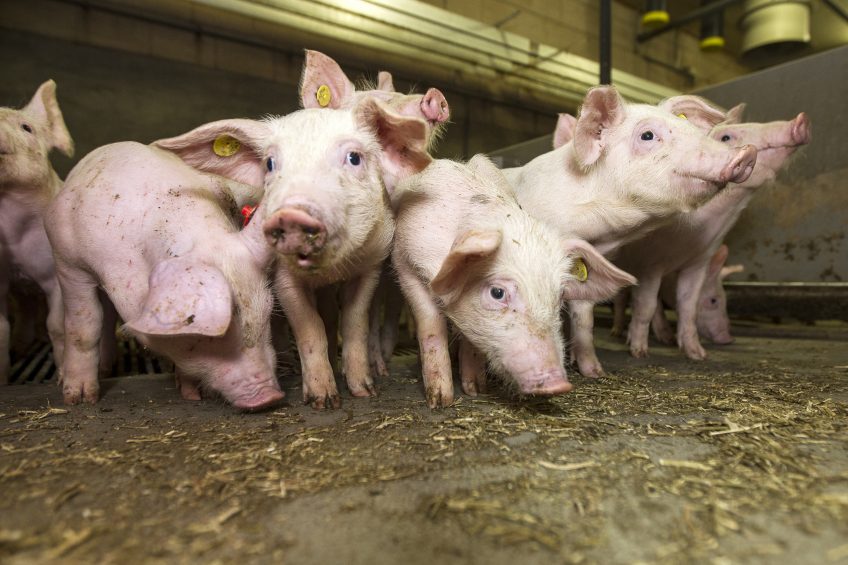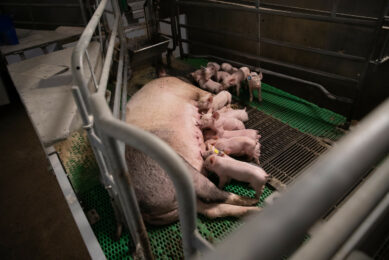The six different roles of zinc in pigs

The trace element zinc is being used in various ways in pig feed – both as an essential nutrition component but also, at pharmacological levels, to suppress scouring. This article aims to identify six different modes of actions of zinc for pigs.
Trace minerals provide essential nutrients required for various metabolic functions such as growth, development, reproduction and immunity. Even moderate deficiency can adversely affect the animal performance.
Zinc is a trace element involved in various biological functions. It is a very important multifunctional element required for pig health, production and reproduction. Zinc is required for synthesis and metabolic functioning of nearly about 300 biochemical enzymes and is considered essential for cell division and synthesis of DNA and protein synthesis. Besides, zinc is not widely stored in the body and requires a continuous supply along with the diet specially in pigs as pig diets are mainly composed of cereals, which contain high amounts of phytase. This in turn binds with zinc and forms insoluble mineral chelates that are not able to absorbed in the intestine.
The presence of higher quantities of other inorganic elements like iron, copper and calcium also block the absorption of zinc in the intestine. Recent studies suggest that zinc may be applied at pharmacological doses to reduce the stress of weaning. As weaning of piglets is the period of transition from maternal milk and dependency on the sow, to a physically and chemically different diet as well as different feeding regime and environmental stress which are responsible for profound changes in the gastro-intestinal tract of the piglets.
Nowadays supplementation of zinc at a pharmacological dose (2,000-3,000 ppm) in the form of zinc oxide is practised in nursery pigs, which helps decrease the incidence of post-weaning scouring, increase average daily body weight gain and also develops better disease resistance capacity.
Zinc in the biological system
Zinc is a structural component of a great number of proteins, including enzymes of cellular signalling pathways, and transcription factors. Zinc can modulate cellular signal recognition, second messenger metabolism, protein kinase, and protein phosphatase activities. In addition to calcium, phosphorus and magnesium, zinc is also important for bone formation as the study revealed that deficiency of zinc reduces the size and strength of the femur bone. It is essential for cell proliferation and differentiation, especially for the regulation of DNA synthesis and mitosis. Zinc plays a vital role in maintenance of genomic stability, genetic expression, apoptosis modulation. Zinc is an integral part of DNA repair protein OGG1 which repairs oxidised guanine in DNA. Its dysregulation leads to point mutations and down regulation in gene expression.

6 modes of action can be distinguished in pigs.
|
References available on request.











